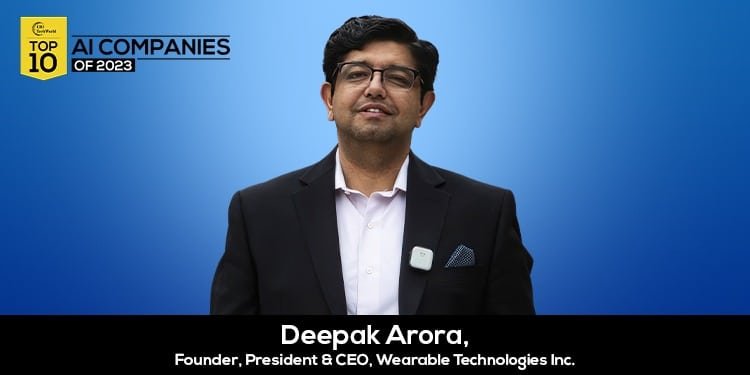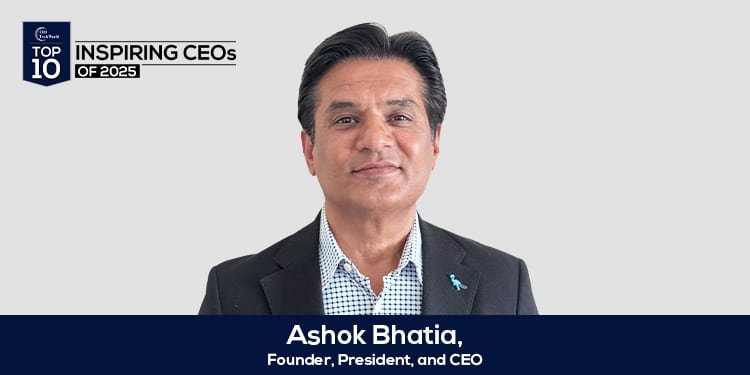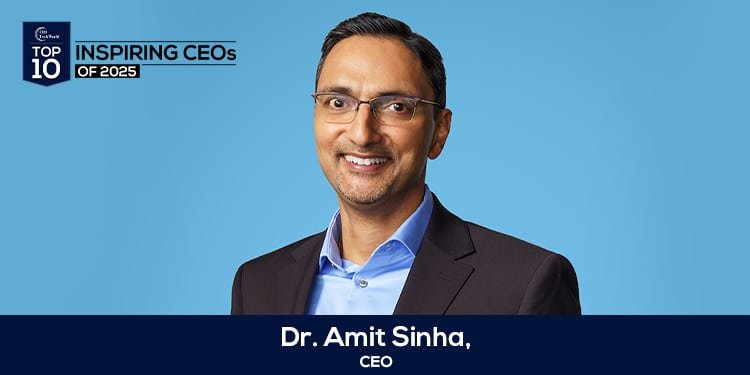Preventable accidents often leave caregivers with a common feeling: “If only I had known about the dangerous situation my loved one was in, I could have saved their life or prevented their suffering.” Tragically, it is children, the elderly, and individuals with developmental disabilities like Down syndrome who frequently become victims of these preventable accidents. Deepak Arora, a Senior Product Manager at IBM specializing in HEMO and Cardio at the time, experienced this heart-wrenching reality when he lost his two-and-a-half-year-old daughter, Mahi, to a preventable accident in the summer of 2020. While gardening in their front yard, Mahi wandered off and accidentally drowned in a retention pond behind their Hartland home. By the time Deepak found her, it was too late—five precious minutes had slipped away.
Deeply devastated, Deepak couldn’t help but ponder the preventability of such accidents, especially considering the groundbreaking advancements in AI and machine learning technology. Taking a break from his role at IBM, he delved into research to discover a solution that could have averted such a tragic incident. To his surprise, he found numerous solutions in the market, but all of them were reactive in nature. Situations like this demanded proactive measures, where time is of the essence, as reactive solutions only alert loved ones after the event, wasting critical time in the process.
As an expert in AI, computer hardware, and electronics, Deepak refused to overlook the challenges prevailing in the existing wearable safety tech market. Starting in the late 2020s, he embarked on developing a wearable monitoring device, fueled by AI and machine learning algorithms, capable of predicting and automatically responding to dangerous situations in order to prevent untoward incidents.
In the next two years, he made great strides in developing one. In 2022, Deepak left IBM and founded Wearable Technologies Inc., focusing entirely on device development to make it market-ready. His goal was to save countless lives, prevent disabilities caused by preventable accidents, and spare others from the profound loss he experienced. Deepak Arora, Founder, President, and CEO of Wearable Technologies Inc., passionately asserts, “The driving force behind starting my company goes beyond our personal tragedy. It’s about the staggering number of people who endure such tragedies every year, as my research has revealed.”
He discovered that, shockingly, over 5.6 million children worldwide do not live to see their fifth birthday due to preventable accidents, and a similar trend is observed among elderly individuals aged 80-85. Also, during a customer discovery research initiative in collaboration with the National Science Foundation’s program, Deepak’s team conducted interviews with over 50 families and businesses. They discovered an additional significant need in the elderly demographic for their device, particularly in the US, Japan, and Europe. With the elderly population growing rapidly, it is projected that by 2030, one in every five individuals in the US will be aged 65 or above. This 20 percent of the population will be older adults.
Drawing insights from this research, Deepak originally developed the device for children but shifted his focus to the aging population, recognizing their shared needs when it comes to preventing accidents.
Building a Complete Solution to Detect, Predict, and Protect Against Hazards: Wearable Technologies’ Mahi
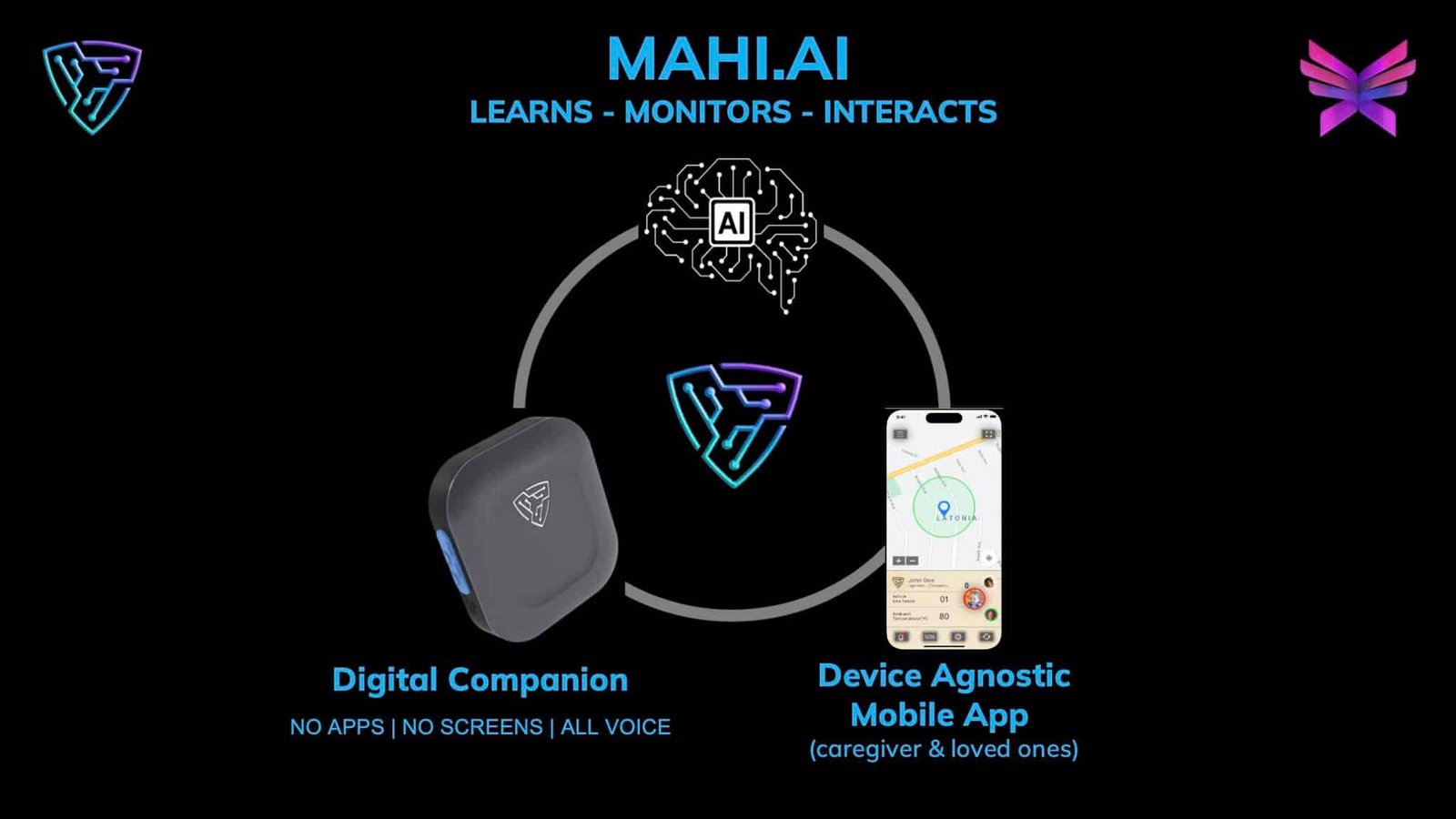
Arora chose to name his device Companion and the AI Assistant Mahi after his beloved daughter’s name. The device is developed to surpass the limitations of existing solutions and provide a comprehensive approach to preventing preventable accidents.
As previously mentioned, Arora identified the reactive nature of current solutions as a major drawback. Some devices only send alerts after an incident has already occurred or when the wearer has strayed beyond a predetermined geofence. Others require victims to press a small button on the device or use a phone app to signal for help in case of an emergency. While these solutions may be suitable for tech-savvy individuals, they are not practical for vulnerable populations such as children below the age of five or the elderly above the age of 75, who may struggle with operating a device and reading screens.
In contrast, the device Arora has developed is intuitive and does not rely on input from the wearers if they find themselves in distress. They do not have to worry about understanding how to operate an app, touch a screen, or communicate their needs. Mahi proactively learns the wearer’s patterns over time and creates a protective barrier around them. Vulnerable populations often follow predictable routines. For example, children have their daily activities of waking up, playing, eating, and sleeping, while elderly individuals may visit the pharmacy, spend time with family, go for walks, or attend doctor appointments. Arora explains, “I would say about 80-90 percent of their routine is predictable, with a variation of 10-20 percent.”
Mahi constantly learns and recognizes these patterns, establishing a customized regime for the wearer. As a result, if any activity deviates from this routine, Mahi raises an alert to the caregivers. When an alert is triggered, the caregiver can start monitoring for potentially hazardous situations that the wearer may encounter. Arora elaborates, “So our technology has already mapped all the hazards around you, such as water bodies, rail tracks, ditches, and other obvious dangers.” If someone in this vulnerable population begins moving towards these marked unsafe areas or exhibits behavior indicating an intention to enter them, the device immediately notifies the caregiver in advance, indicating an 80 percent likelihood, based on AI prediction models, that something may happen. Arora highlights, “Our device incorporates various special functions, including hazard mapping, geo-fencing, and a variety of wearable options. However, it’s the predictive capability and hands-free nature of our product that truly sets us apart.”
One of the notable aspects of Mahi is that all the algorithms and the hazard mapping predictions that the company developed are performed locally on the device itself. There is no need for constant internet connectivity. The company trains the model in the cloud and then deploys it onto the devices. Arora explains, “The device starts monitoring right away using all our neural networks and intellectual property. The patents we have filed so far are quite innovative. The purpose behind them is to create a safety net or a proactive protective shield around the wearer.” “In a nutshell, Mahi works with our digital Companion wearable device for personal emergency safety response. It leverages AI and machine learning to detect, predict, and protect against hazards. In the near future, Mahi will be able to integrate with existing wearable devices and run via a standalone iOS and Android app.”
Saving Lives with Trustworthy Alerts for Users
To truly rely on a device in the event of preventable accidents, it needs to inspire trust. Mahi brings that trust. If Mahi detects any irregularity in the wearer’s pattern, such as meeting a friend for coffee instead of visiting a doctor, the device is designed to alert the wearer through an audio prompt. The prompt acknowledges the safe environment of the coffee shop but questions the deviation from the wearer’s daily routine: “This is not part of your daily routine. We see that you’re in a safe zone but not near a hazard. Is this expected behavior today?” Based on the wearer’s response, the device takes the appropriate next action and notifies the caregiver. This approach ensures that the device relies on the user’s feedback and builds trust in the device’s AI capabilities. Arora proudly states, “You can say that we trust our AI.”
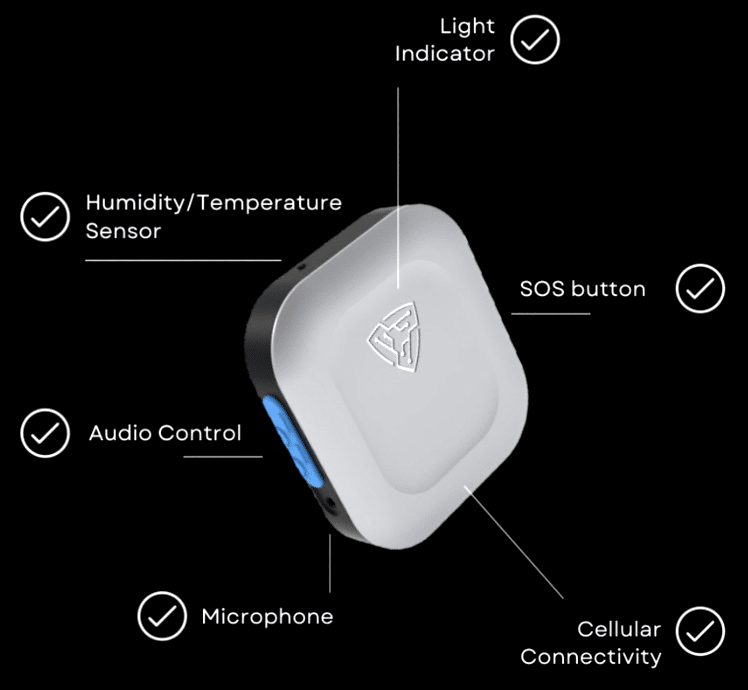
However, in scenarios where the user does not respond to the prompts, Mahi automatically checks critical information such as whether a fall or a flip has occurred, the wearer’s heart rate, oxygen levels, and the temperature/humidity in the vicinity. Additionally, a pressure sensor helps determine if a fall has happened on a hard surface or into water. The smaller AI and machine learning algorithms evaluate data from these sensors and communicate with the master algorithm to indicate a high level of confidence that an incident has occurred.
Upon confirming a potential emergency, Mahi takes the next step by notifying or engaging the wearer’s loved ones and the care network through the dedicated mobile application. In situations where multiple alerts are triggered, the device initiates a call to emergency services (911) for immediate assistance. Arora explains, ” Our offering comprises three core levels: First, the wearer utilizes the device. Second, the app integrates with the device and operates over the cloud, LTE, or Bluetooth, with a focus on caregivers. Third, there is integration with 911 to alert emergency services. All these processes happen behind the scenes while the user remains actively engaged, relying on the progressive nature of our AI’s confidence model.”
By providing trustworthy alerts, Mahi ensures that wearers and caregivers can rely on its capabilities to detect potential emergencies, take appropriate actions, and engage the necessary support networks when needed.
Easy-to-Use and Secure Device
Arora has meticulously designed this user-friendly wearable device while prioritizing high-level privacy safeguards. It can be comfortably worn on the wrist like a watch or securely attached to various articles of clothing, constantly monitoring key information to predict potential hazards or emergency situations. “You just take the device, charge it, and put it on. No configuration is required. Everything is handled seamlessly on the caregiver’s app,” explains Arora. This eliminates any concerns about language options or time zones for the targeted population segment. Once the caregiver adds the wearer to the app, Mahi automatically begins monitoring everything from the user’s perspective.
Addressing a significant concern of parents and caregivers, Arora emphasizes data privacy, particularly when it involves young children or elderly individuals. Any personal data stored on a Wearable Technologies device is strictly secured. To ensure the utmost protection against hacking attempts, the company has chosen a processor with an embedded crypto-level security system at the hardware level. All data transmitted to and from the device is encrypted, providing an additional layer of security. Moreover, the devices will comply with privacy protection regulations like HIPAA (Health Insurance Portability and Accountability Act) and COPPA (Children’s Online Privacy Protection Act) in the near future.
Wearable Technologies’ Mission: Saving One Life at a Time
While Mahi is widely used by parents to protect their children, its popularity extends to assisted facility homes, independent homes, senior care centers, and various industries such as aging, wellness, lifestyle, and insurance worldwide. By helping to prevent tragic and costly events, Wearable Technologies Inc. has established partnerships with customers like senior care centers and looking to partner up with companies like Milwaukee’s Direct Supply, a provider of products and services for the senior living industry.
For instance, the parent of a 44-year-old with Down syndrome expressed her reliance on Mahi, stating, “We will not have our daughter outside without the device. She can simply wear the device, and I can remotely monitor and take care of her. If she happens to wander, I know her exact location. That’s a significant benefit I’ve experienced.” shares Arora. “It’s not just a success story, but a validation from a customer’s perspective.”
The company aims to achieve success by saving lives, one at a time. Although such incidents have not yet been reported, as the customer base expands, it is highly likely that we will hear about instances where individuals were saved due to Mahi’s intervention. “That’s our vision, saving one life at a time,” emphasizes Arora. As the company grows and reaches more people, the positive impact of their device is expected to be realized, resulting in life-saving outcomes.
Mahi, an Award-Winning Technology
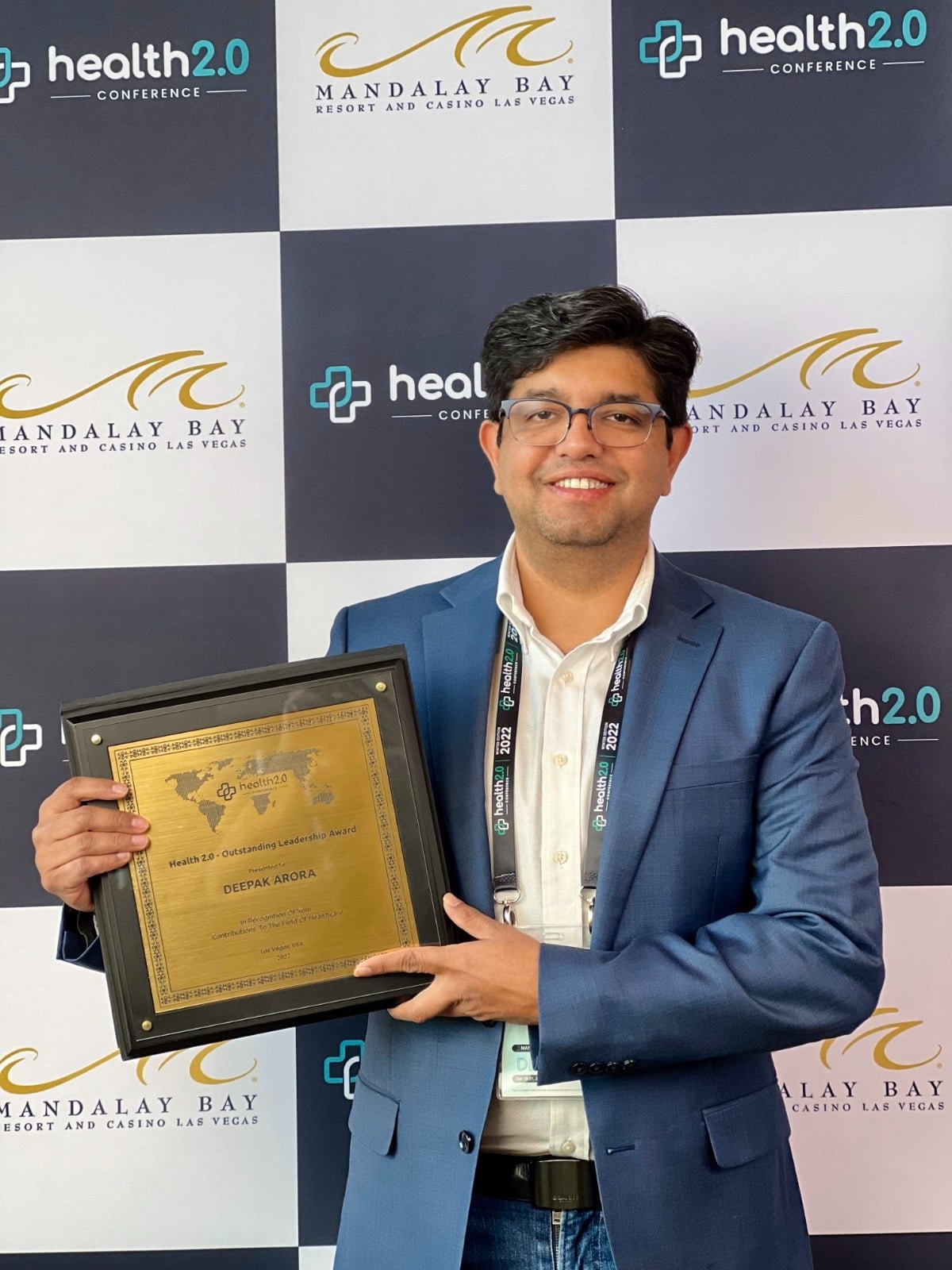
Wearable Technologies Inc., the startup behind Mahi, has garnered industry recognition. It was selected for Google for Startups Cloud Program and Microsoft for Startups, showcasing its innovation. The company received the Outstanding Leadership Award at the Health 2.0 Conference in Las Vegas, emphasizing its positive impact.
Additionally, Wearable Technologies Inc. was selected as a finalist in the prestigious AI, Voice, and Robotics categories at SXSW, a renowned conference celebrating the convergence of industries. Among 731 entries, it stood out, earning the chance to showcase its groundbreaking AI wearable technologies in Austin, Texas. These achievements solidify the company’s success and its device’s impact on wearable technology.
Bringing Value to the Mankind
Mahi, in its beta version, offers a wide range of features like AI-based fault detection, audio alerts, fall detection, heart rate monitoring, temperature/humidity sensing, location tracking, and geo-fencing. New functionalities are continually added through OTA updates, targeting completion within this year.
To ensure adaptability, a two-pronged approach is taken. The hardware is designed to seamlessly incorporate software updates, akin to Sony’s PlayStation where a 3D chip was embedded in the device but activated through a software update three years later. Similarly, Mahi’s features are built into the hardware, with subsequent software and firmware updates introduced during the rollout.
The company’s ultimate goal is to benefit humanity. Whether it’s saving lives or providing value to even one person, it’s considered a significant entrepreneurial achievement. The journey has been remarkable, starting as a noble idea and now a reality. Mahi addresses the pressing issue of preventable accidents, surpassing previous attempts with its innovative and comprehensive solution.
Click here for Digital Magazine
Click here for the HTML page
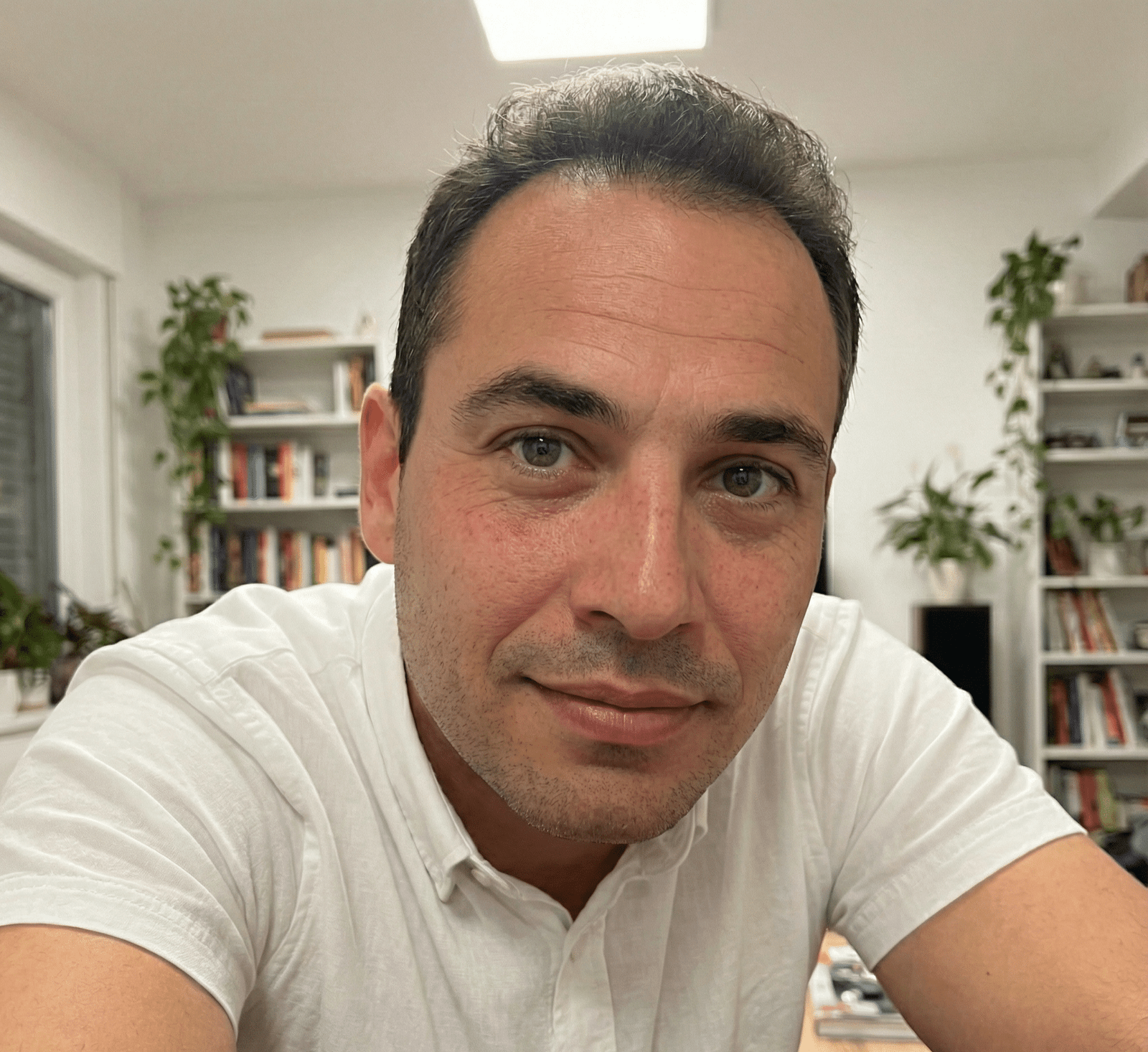
As a seasoned professional with over a decade of experience in technology and business magazine publication, I’ve had a front-row seat to witness the astounding pace at which the industry has evolved, often outstripping even Moore’s Law. My passion lies in crafting engaging technology articles that invite readers to immerse themselves in the dynamic and ever-changing world of technology. With each piece, I strive to create a window into this world, offering a glimpse of the amazing events and breakthroughs that continue to shape our future.



